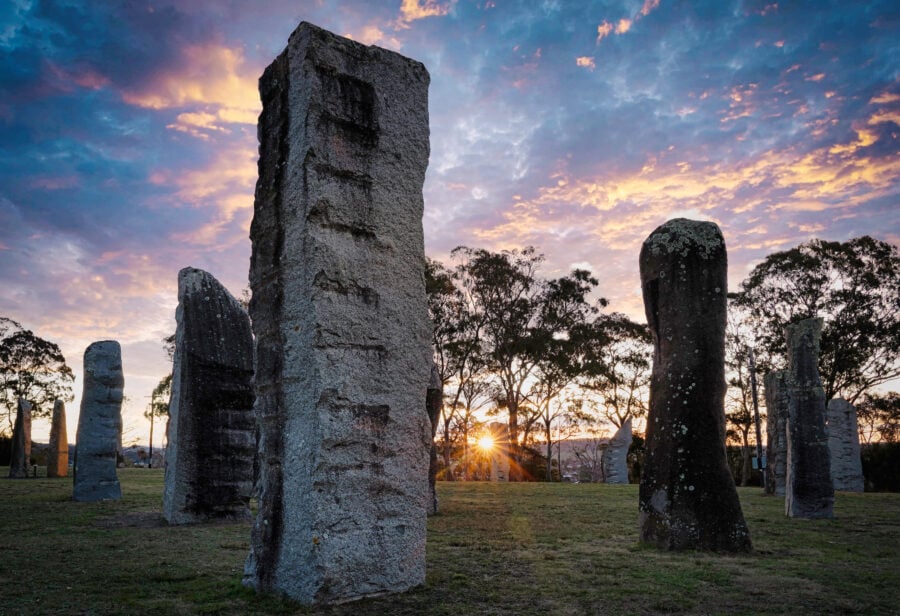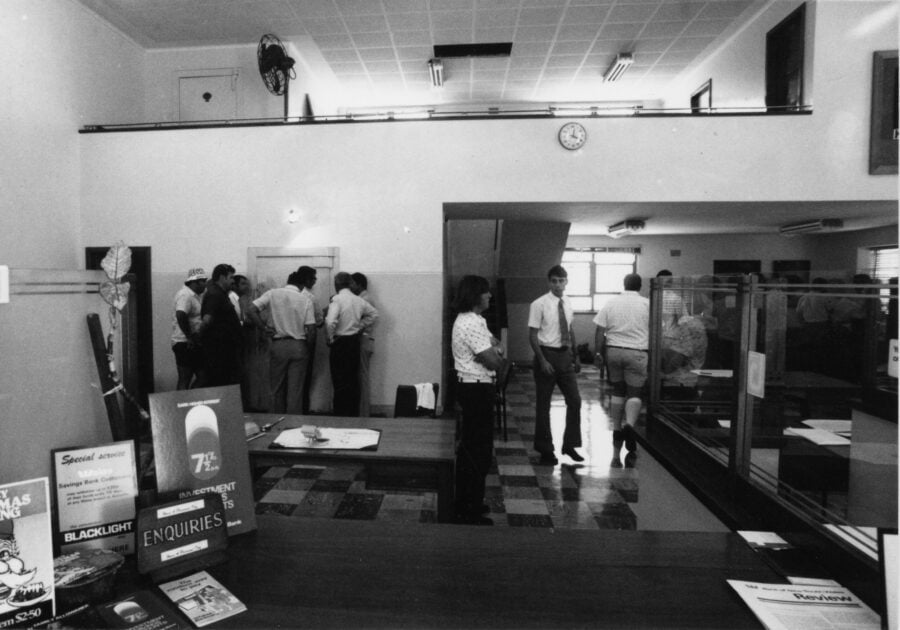The Uluru ‘curse’

Tim the Yowie Man
Tim the Yowie Man

THE MOMENT I put it back, it felt like a weight lifted off my shoulders,” explains Steve Hill, who recently made a 3000km road trip from Canberra to return a small rock to Uluru. Hill, who pilfered the match box–sized rock from the base of the landmark inselberg in 2017, admits he was “a complete idiot for taking it in the first place”. In the weeks after, he claims, he was struck by a “long run of bad luck”, including car accidents and expensive repairs to his four-wheel-drive.
Hill isn’t alone in returning a stone stolen from Uluru. However, most guilt-ridden tourists choose to do so by post, rather than making personal pilgrimages. In fact, each year Uluru-Kata Tjuta National Park’s main office receives more than 350 packages containing souvenired rock and sand sent from people around the globe. Many arrive with notes claiming to have experienced bad luck since taking the contraband.
“I wanted to take away some of your magic with me for the rest of my travels, for the rest of my life even. I realise it was wrong to do so, therefore I am sending it back to you. Forgive me for being foolish,” wrote one French tourist who returned a 220g rock via post in January 2014.
Hill took a year to return his rock, but some tourists have waited up to 40 years to return their illegal souvenirs. The largest return to date weighed 32kg.
While the law of the Anangu, the traditional custodians of Uluru, does not recognise a curse associated with removing rocks, the act disrespects their beliefs and culture. Traditional owner Johnny Jingo explains: “It’s fine if you take a photo of this place and take that away…but leave the rocks.”
Returning the rocks has become a complex managerial issue for park rangers. To return a rock to the wrong spot would be disrespectful to the
Anangu. As a result, the returned rocks are often used to repair areas of erosion and flood run-off in the park.
There is also the threat of micro-pathogens being introduced to the park landscape on returning rocks that have been contaminated elsewhere in Australia. Fortunately, Australia’s strict quarantine laws mean that rocks returned from overseas are intercepted by the Australian Quarantine Inspection Service for treatment before being returned to Uluru.
A small number of pilfered rocks are returned each year to other places in Australia, including Kakadu National Park. But perhaps the most comparable example of people returning souvenired objects to heritage sites, in terms of scale, occurs at the Hawaii Volcanoes National Park in the USA.
Tourists remove lava rock and black sand as souvenirs and some later return them out of respect for the Pele goddess believed to be associated with volcanic activity on Hawaii’s Big Island.
Note: Under Australian law, visitors can be fined up to $8500 for removing rocks, sand and soil from a national park.




